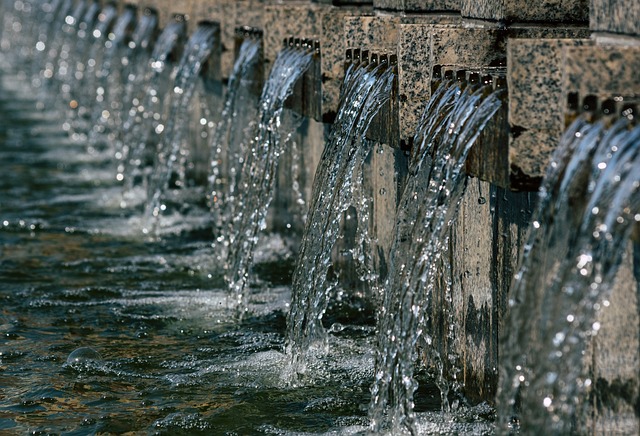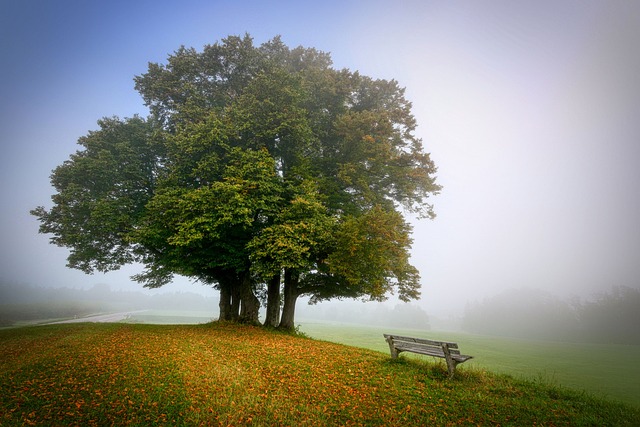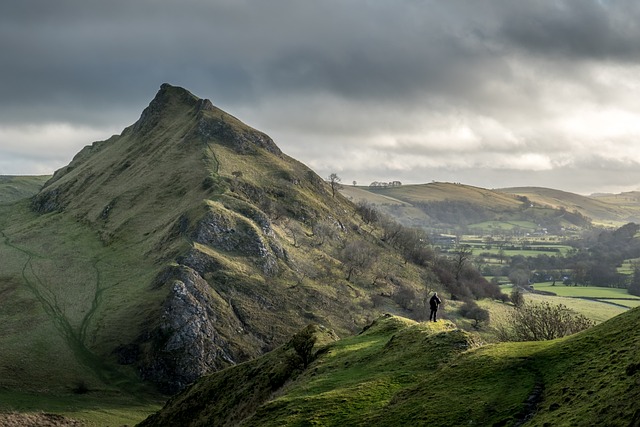For outdoor enthusiasts, proximity to desert landscapes and recreational access is crucial in real estate. Developers are strategically placing projects near hiking trails, off-road paths, and camping sites to cater to buyers seeking both living spaces and outdoor experiences. Creating integrated outdoor living spaces and dedicated desert recreation hubs transforms communities, fosters connections to nature, promotes eco-awareness, and enhances quality of life. These initiatives, driven by collaboration between developers, government bodies, and conservationists, offer year-round recreational activities, community engagement, and sustainable practices.
Uncover the allure of desert recreation with our comprehensive guide. From the strategic placement of real estate to create outdoor living spaces, to building communities centered around desert activities, we explore how to unlock this unique landscape’s potential. Discover how location plays a pivotal role in accessing breathtaking desert experiences, and learn about the infrastructure needed to foster a thriving recreation hub. This deep dive into the world of desert real estate offers insights for both developers and outdoor enthusiasts alike.
The Role of Location: Unlocking Desert Access in Real Estate

The location of a property plays a pivotal role in determining its appeal, especially for outdoor enthusiasts seeking desert adventures. In the context of real estate, being gateway to the desert means more than just scenic views; it offers direct access to a world of recreational opportunities. Proximity to known hiking trails, off-road paths, or even designated camping sites can significantly enhance the value and desirability of a property. This accessibility allows folks to embark on spontaneous excursions, fostering a deep connection with nature’s untouched beauty.
Real estate developers and investors recognize this unique advantage, often strategically positioning their projects near desert landscapes. By understanding the demand for outdoor recreation, they can cater to a niche market of buyers who value not just a place to live but also a portal to breathtaking desert experiences. This intersection between real estate and recreational access creates a compelling narrative for properties situated in such prime locations.
Creating Outdoor Living Spaces: A Gateway to Recreation
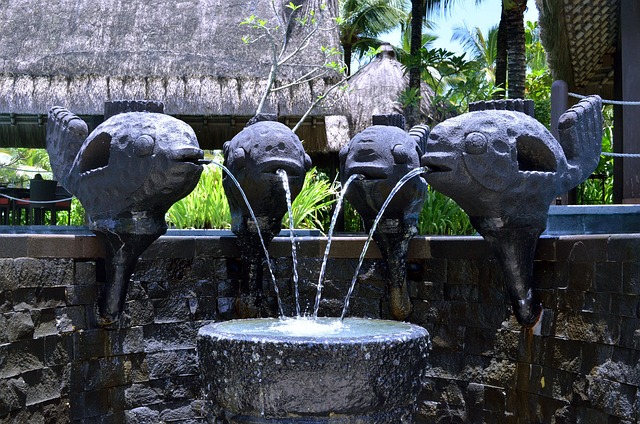
Creating outdoor living spaces is a game-changer in modern real estate, transforming how we interact with our surroundings. By integrating nature into our homes and communities, residents can enjoy a wide array of outdoor recreation right at their doorstep. This trend goes beyond mere aesthetics; it encourages a healthier, more connected lifestyle.
From meticulously designed gardens and patio areas to communal green spaces, these outdoor living elements foster a sense of community and provide recreational opportunities year-round. Whether it’s hosting gatherings, enjoying a quiet cup of coffee al fresco, or engaging in various outdoor activities like yoga or birdwatching, these spaces enhance the overall quality of life for residents.
Community and Infrastructure: Building a Desert Recreation Hub
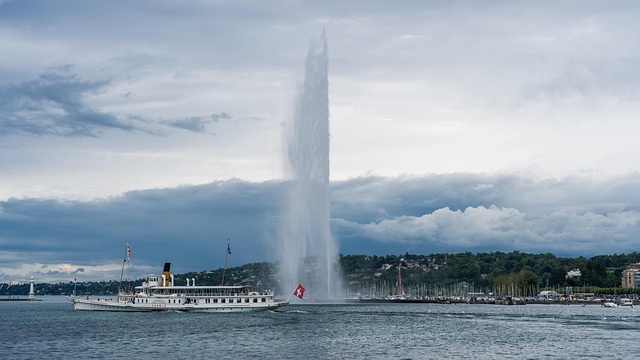
The development of a dedicated desert recreation hub is a game-changer for outdoor enthusiasts and local communities alike, transforming raw land into a vibrant hub of activity. This initiative requires strategic planning and collaboration between various stakeholders, including real estate developers, government bodies, and conservationists. By combining robust infrastructure with a deep understanding of the region’s unique challenges and opportunities, this project can become a thriving center for outdoor recreation.
The hub should offer a range of amenities catering to diverse interests, such as hiking trails, off-roading areas, and stargazing platforms, all designed with sustainability in mind. Integrating eco-friendly practices into the development ensures minimal environmental impact while providing a high-quality experience. This approach not only attracts tourists but also empowers local communities by fostering a deeper connection to their natural surroundings, encouraging stewardship of this precious ecosystem through education and engagement.


